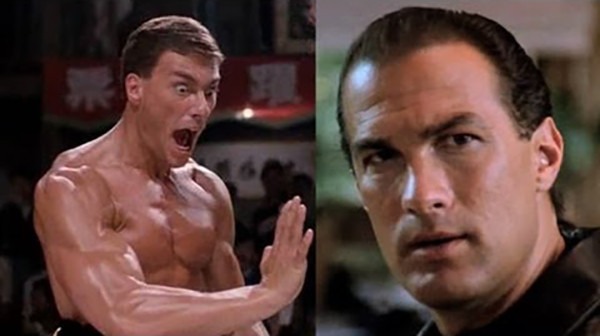Rachel Bellwoar reviews Charles Boyer: The French Lover…
According to the flap copy, John Baxter’s Charles Boyer: The French Lover “is the first biography of Boyer (1899-1978) to exist in English in almost forty years.” The last one, as cited in Baxter’s bibliography, would appear to be Larry Swindell’s The Reluctant Lover: Charles Boyer, which was published in 1983. It’s probably not a coincidence that their titles are so similar but, without knowing Swindell’s reasoning for using the word “reluctant,” “French” seems like the better fit.
Boyer wasn’t an actor, after all, who changed his accent between roles (not that there weren’t occasions when he tried). While to Hollywood that meant he could be cast as any ethnicity and wear brownface (as he did in Thunder in the East), he was French and would never stop returning to France (even after becoming a US citizen).
As for being a “reluctant lover,” it definitely sounds like Boyer preferred dramas to comedies, but mostly the Boyer in Baxter’s book comes across as cold and distant, preferring books to the company of others. It probably doesn’t help that Boyer was a reluctant interviewer, so there aren’t many direct quotes from him, but there doesn’t seem to be any debate that he preferred to be alone.
People sometimes say, “don’t meet your heroes,” and the same can be said about “reading their biographies.” From wearing a toupee and corset, to wearing lifts in his shoes, Boyer had his vanities and if you’ve ever heard stories about actors in Hollywood insisting on being filmed from one side or putting a lot of weight in their billing, Boyer was one of them. That doesn’t take away from his abilities as an actor or his work establishing the French Research Center during World War II, but while you expect a warts and all portrayal of him, there are some unexpected casualties in terms of other privileged, white actors who get exposed along the way.
One of the most interesting takeaways from Baxter’s book is the insights into how different film industries operated. Because Boyer had an international career, he got to work in different countries, but while today dubbing and subtitles are commonplace, Boyer sometimes acted in parallel productions, which is a practice that’s pretty unheard of now (where multiples versions of the same movie would be filmed using different actors but the same sets for different language audiences). Fans of Boyer also might not realize how much tragedy he faced towards the end of his life.
Baxter keeps himself out of the book, which makes sense to a point, but sometimes a preface is a great opportunity to learn what drew an author to a subject, what research they uncovered, or to find out why they felt there was a need for another book on Boyer. Baxter’s personal motives are a mystery.
There are also a few miscredits, where Jean Arthur is mistaken for Irene Dunne, and vice versa. Arthur co-starred with Boyer in History Was Made at Night while Dunne and Boyer played love interests in Love Affair and two other movies. Baxter doesn’t include the photo section in the middle of the book as part of the page numbering, so you’re not getting cheated out of any text (though a mention of this section might have been helpful, since for a while I thought Baxter hadn’t included a photo he described of Boyer as a child). There are also a few topics that felt glossed over, like Boyer’s family background. That could be because there wasn’t much information available but, because Baxter doesn’t break the fourth wall, it’s hard to assess.
Charles Boyer: The French Lover is available now from The University Press of Kentucky.
Rachel Bellwoar











